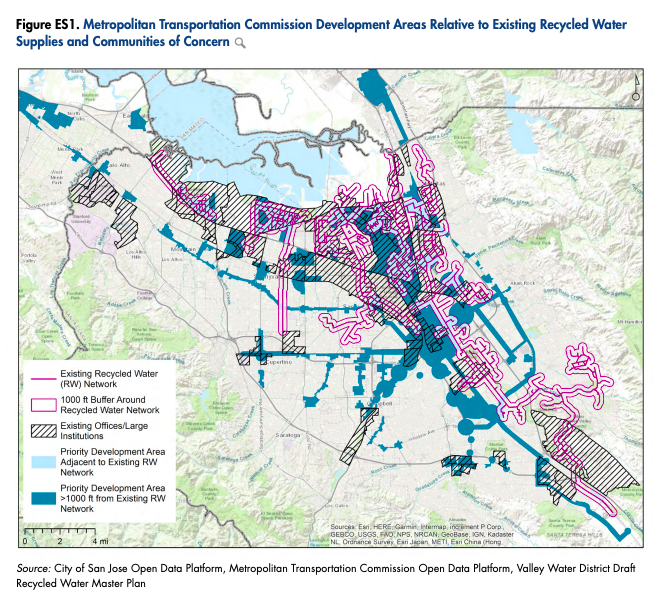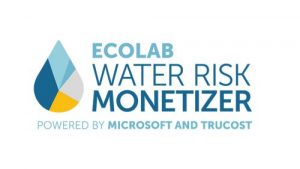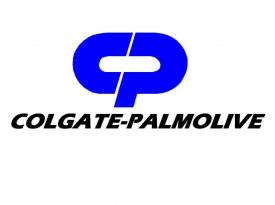Primary Functions
- Understand the regional water challenges facing Silicon Valley as well as potential solutions.
- Learn about regional stakeholder perspectives on ONWS.
- Learn about the potential social, economic, and environmental benefits of ONWS.
- Access a preliminary assessment of 10 spatially explicit opportunities for ONWS to provide economic, environmental, and social benefits in Silicon Valley
Detailed Description
Water is essential for the social, economic, and environmental wellbeing of Silicon Valley. Yet the region is facing a host of water challenges, affecting the quality and reliability of water as well as the risk of flooding. The region’s water and wastewater infrastructure is aging, and in many cases, nearing the end of its useful life. Continued growth and development are putting additional strains on the region, and climate change is adding to that burden through sea level rise, more intense storms, and more severe droughts. These challenges present risks, but also an opportunity to rethink the design, configuration, and operation of water and wastewater systems.
In response to the water challenges facing Silicon Valley, there is growing interest in the potential for distributed strategies to improve the performance and resilience of urban water systems. Many leading companies are investing in distributed water systems at their facilities. In Silicon Valley, several big technology companies — including Facebook, Microsoft, and Google — have implemented onsite non-potable water systems (ONWS) on their campuses.
The purpose of this report is to examine the opportunities and challenges associated with scaling ONWS in Silicon Valley. While these systems can use water from a variety of sources, we focus here on the reuse of treated wastewater. Section 1 provides an overview of Silicon Valley, its regional water challenges, and potential solutions. Section 2 examines regional stakeholder perspectives on ONWS, drawing on interviews with stakeholders from the public sector, private sector, and nongovernmental organizations. Section 3 examines the potential social, economic, and environmental benefits of ONWS, drawing upon the academic and grey literature, and identifies factors affecting the realization of those benefits. Section 4 presents a preliminary assessment of 10 spatially explicit opportunities for ONWS to provide economic, environmental, and social benefits in Silicon Valley. Finally, Section 5 provides conclusions and recommendations.





